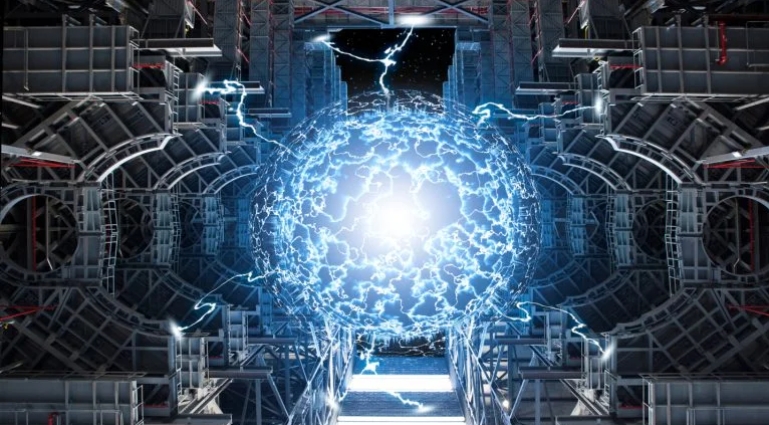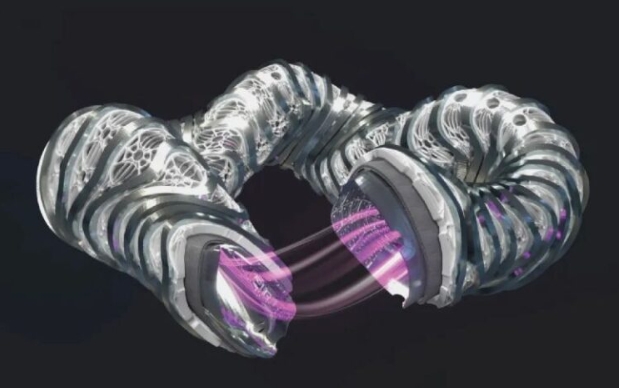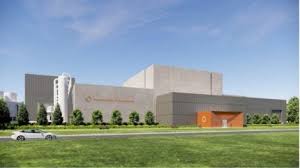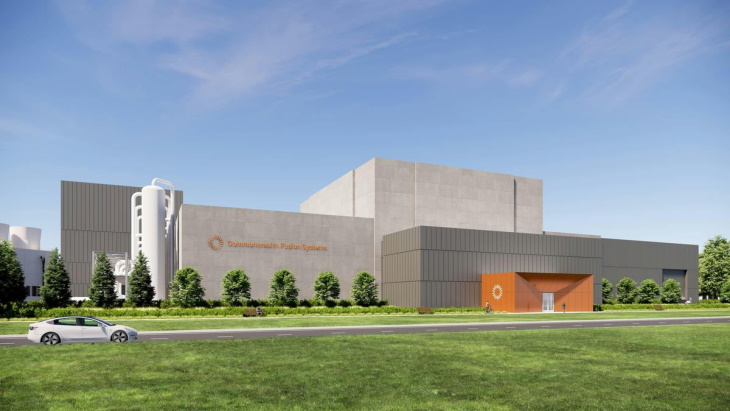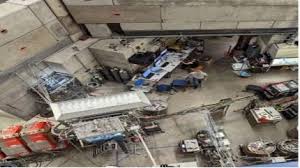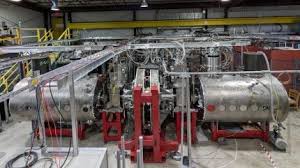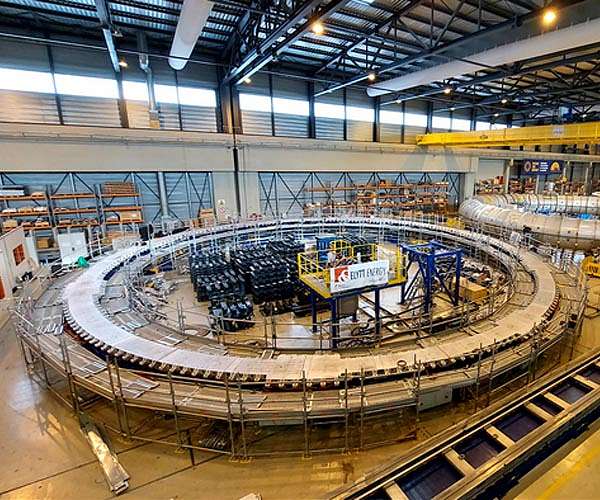Switch Maritime awarded a contract to All American Marine (AAM) to build the first US hydrogen fuel cell vessel, which will be a ferry operating in the California Bay Area. This project has now taken its first step toward construction by securing a shipyard.
The ferry will be a nearly 70 foot, zero-emission, 84-passenger aluminum electric-drive ferry.
The hydrogen fuel cell vessel construction project is called the Water-Go-Round, which will also be the name of the ferry. It already started at the Bay Ship & Yacht shipyard located in Alameda, California. That said, it is now being transferred to AAM. Once the ferry is launched, the Water-Go-Round will be the first H2 ferry in the United States and will be the first commercial fuel cell ferry in the world.
Much of the funding for this project was provided by Switch Maritime. That firm is an investment platform with a mission to construct the first zero-emission vessel fleet in North America. Also funding this project is a California Air Resources Board grant of $3 million. That grant was made available as a component of the California Climate Investments initiative. That is a statewide program seeking to support efforts to shrink greenhouse gas emissions in the state.
The hydrogen fuel cell vessel will receive its power package from Golden Gate Zero Emission Marine.
Golden Gate Zero Emission Marine will also serve as regulatory and technical consultant for this project. Once it’s in the water, the electric drive ferry will operate as Switch Maritime’s fleet flagship. It will use compact stacks of onboard fuel stacks arranged similarly to the way battery banks are stored. This arrangement will help to keep the necessary storage space onboard to a minimum.
Those cells will convert H2 into electricity through the injection of hydrogen on one side of a proton exchange membrane (PEM) and through a compressed ambient air supply on the other side. This is connected to the powertrain, which creates the necessary electricity for Hydrogen Fuel Cell Vessel - ferry in Californiapowering the propulsion motors and to move the twin fixed-pitch propellers of the hydrogen fuel cell vessel.
